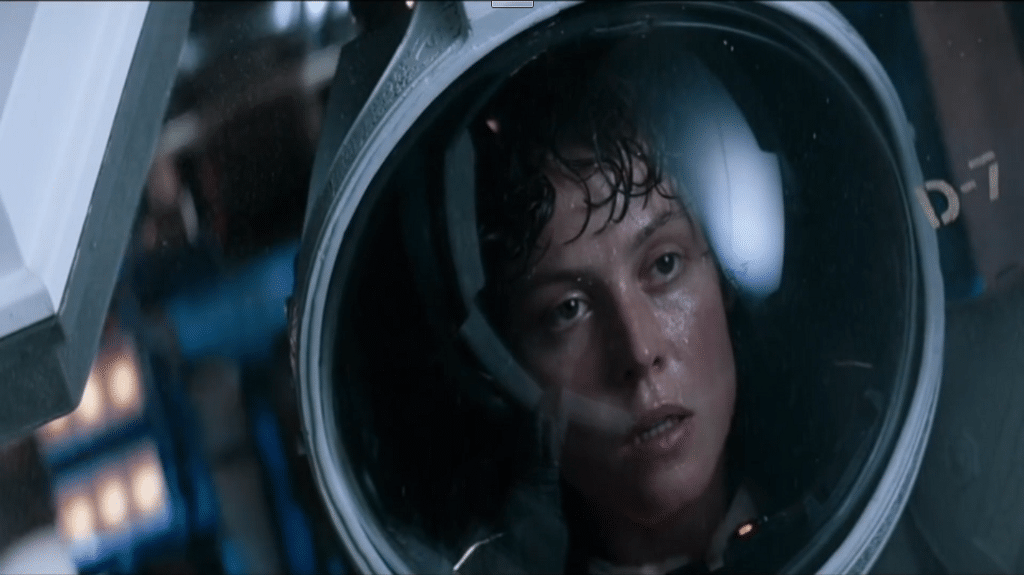In a Different Light: How Women are Lit On Screen
A new video essay examines the disparities in lighting schemes when filming women versus men.

It is no secret that throughout Hollywood history, women have been treated differently than men, both within the industry and within films themselves; that is, the person and persona of women have both been presented in specifically, intentionally, and sometimes even subconsciously-altered ways. And we’re not just talking about narratively, or even thematically. Since the advent of the motion picture women have been photographed and lit differently than men, and how this specific cinematic element has been applied to the gender ends up saying far more about society at-large than it does the fairer sex.
In Hollywood’s early days when the medium was barely more than an extrapolation of photography, photographic rules applied: the subject was always in the center of the screen (until Orson Welles came along) and was lit as though posing for a portrait, with three lights focused on them – one fill light and two key lights. Though men were filmed with the same scheme, the intensity of the light would differ greatly. Men got less light, making their features more sharply contrasted and shadowed and connoting mystery, strength, or grit. Women, on the other hand, were flooded with light, making their features soft and hazy, almost angelic. The basic emotional message of this is obvious: men are strong, women are not.
Though as time has passed this more obvious distinction has faded to something more subtle, there have always been shades of this sort of separate treatment of women in on-screen lighting schemes, and this is precisely the subject of a fascinating video essay by Allison Kelly called “Hollywood Lighting For Women,” which traces how women have been lit for filming from the days of black-and-white right up to the modern era, where things are not as different as you might expect. It is an eye-opening look at a form of cinematic sexism that is sometimes insidious and sometimes blatant, but that always effects our emotional response to what and who we are watching.
